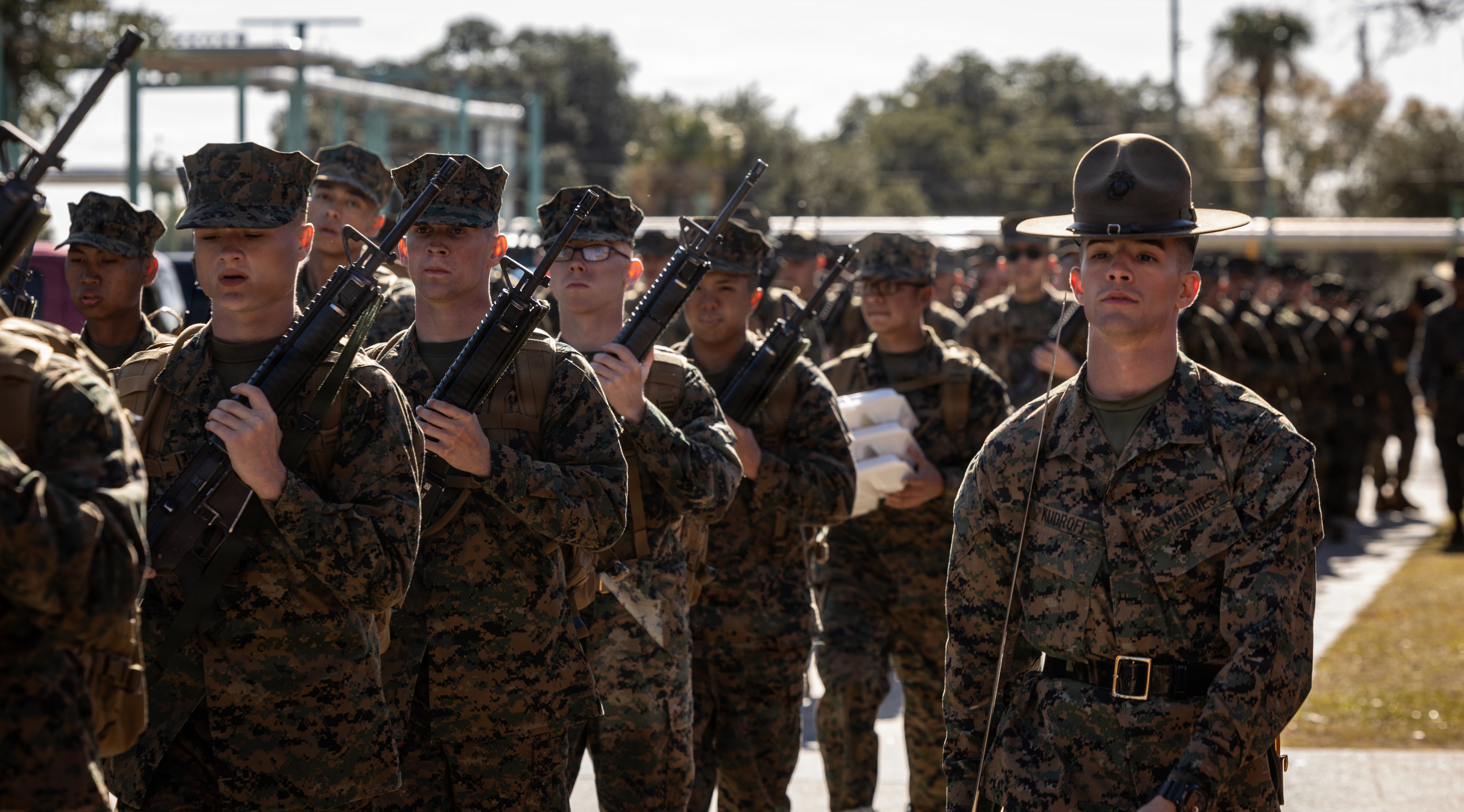An F-16 Fighting Falcon assigned to the 8th Fighter Wing at Kunsan Air Base, South Korea, crashed in an agricultural area about 11½ miles from Osan Air Base at approximately 9:45 a.m. Saturday.
The pilot ejected safely and was transported to the Osan Air Base Urgent Care Center for evaluation, according to a news release from the 51st Fighter Wing, the host unit at Osan. The pilot is in stable condition and no other injuries, including civilians, have been reported, according to the Air Force and the Yonhap News Agency in Korea. First responders are currently at the scene.
“While we don’t have any additional information yet, we are relieved the pilot safely ejected and there were no other injuries,” said Col. Henry R. Jeffress III, 8th Fighter Wing commander, in the release.
According to local firefighting and police authorities, the accident occurred near Pyeongtaek, 35 miles south of Seoul, according to the news agency.
The jet caught fire after crashing, resulting in the aircraft being mostly destroyed, Yonhap reported.
“The U.S. Air Force will stand up an independent Safety Investigation Board to review all data and evidence related to today’s incident and use that information to determine its cause and prescribe any corrective safety measures to ensure the safety of the F-16 fleet,” Jeffress said.
There were 10 Class A and B mishaps involving U.S. Air Force Fighting Falcons in fiscal 2022, but no deaths, according to data from the Air Force Safety Center. Class A mishaps cause damage totaling at least $2.5 million, the destruction of an aircraft, or the death or permanent total disability of someone involved. Class B mishaps result in between $600,000 and $2.5 million in damage, the permanent partial disability of someone, or the inpatient hospitalization of three or more personnel.
In fiscal 2021, there were three Class A and B mishaps, but one pilot died, according to the center. About three Fighting Falcons have been totaled each year on average for the past decade, according to the center’s data.
Among the crashes in fiscal 2022:
South Dakota Air National Guard’s 114th Fighter Wing had two F-16 fighter jet landing accidents in less than a month. One F-16C went over the edge of the runway upon returning from a training mission May 31, 2022. Another Fighting Falcon skidded off of a Sioux Falls runway upon returning from a routine training mission May 11, 2022, coming to rest nose-down in the grass.
An Oklahoma Air National Guard F-16C fighter jet was destroyed March 23, 2022, when the instructor pilot, who worked at a Texas-based detachment of the 138th Fighter Wing, successfully ejected over Louisiana, sustaining minor injuries. The jet was totaled on impact.
A Taiwanese F-16 fighter jet being flown by a U.S. Air Force pilot was forced to make an emergency crash landing in Hawaii on June 6, 2022, when his landing gear failed.
In December 2019, an F-16 pilot at Kunsan AB ejected near the base while attempting to land. He survived with minor injuries.
The two F-16 fighter squadrons within the 8th Fighter Wing, known as the “Wolf Pack” provide combat-ready F-16 C/D fighter aircraft to conduct air operations throughout the Pacific theater as tasked by U.S. and coalition combatant commanders, according to the Air Force. The squadron performs air and space control and force application roles including counter air, strategic attack, interdiction, and close-air support missions.
On April 4, an upgraded Fighting Falcon rejoined 8th FW operations after about seven weeks away for upgrades. The Air Force Life Cycle Management Center’s Post Block Integration Team provided the aircraft with the first wave of 22 modifications designed to improve F-16 lethality to meet the needs of current and future operations.
The primary upgrade was the installation of the APG-83 Scalable Agile Beam Radar with active electronically scanned array and Center Display Unit technology that give the pilot a clearer vision of the threat environment, increasing survivability and accuracy of the weapon system.
Other upgrades included a programmable data generator, new-generation electronic warfare capability, a communications suite upgrade and a modernized mission computer.
“The F-16 is planned to continue service into the 2040′s, so this upgrade is critical to making sure we are keeping pace with the evolving threat environment,” Col. John D. Caldwell, 8th FW vice commander, said in April.
The service owns about 900 F-16C/D airframes, which have flown since the 1980s. Each jet cost $19 million in 1998 dollars, the Air Force said, or more than $30 million now.
— Air Force Times reporter Rachel S. Cohen contributed to this report.





